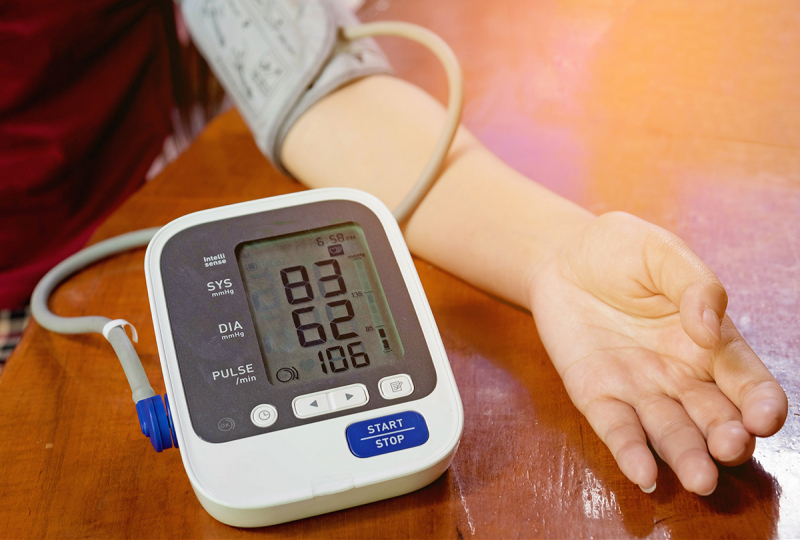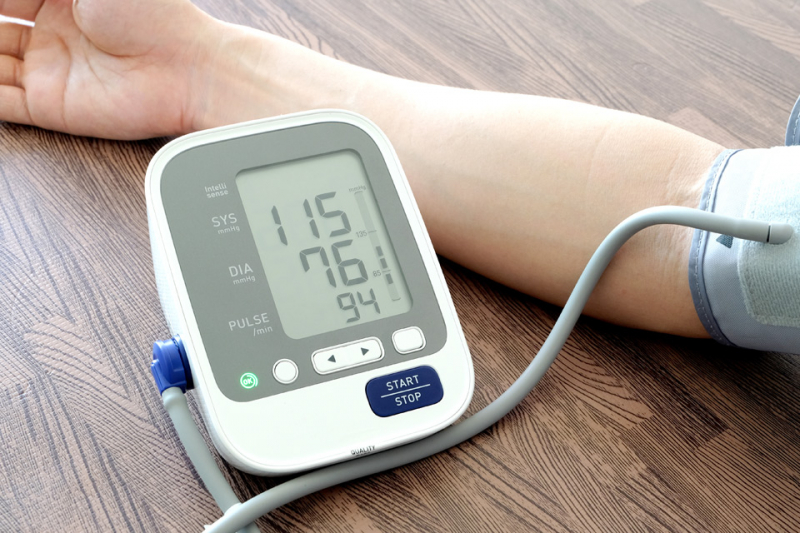Low Blood Pressure

Hypotension is the medical term for low blood pressure. A healthy blood pressure reading is approximately 120/80; a low blood pressure reading is less than 90/60. The first number above represents the pressure in the arteries while the heart beats, and the second represents the pressure in the arteries when the heart beats while resting. Low blood pressure symptoms include lightheadedness, dizziness, and fainting. There will be a lack of focus, as well as impaired vision and weariness. Finally, nausea is a common symptom of hypertension. In very severe circumstances, low blood pressure might result in shock. Shock is a highly hazardous condition, particularly in the elderly, and it must be treated as quickly as possible.
Hypertension, or high blood pressure, is the inverse of hypotension. It is better viewed as a physiological condition rather than a disease. Severely low blood pressure can deprive the brain and other essential organs of oxygen and nutrition, resulting in shock, a potentially fatal disease. The underlying cause of shock is used to classify shock, which includes hypovolemic shock, cardiogenic shock, distributive shock, and obstructive shock.






